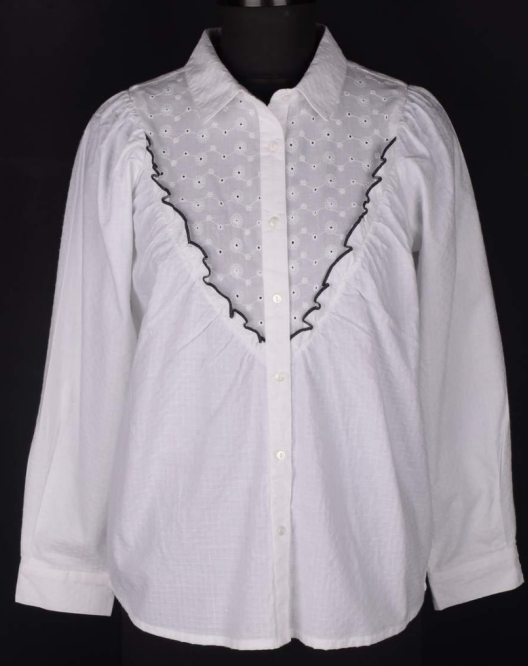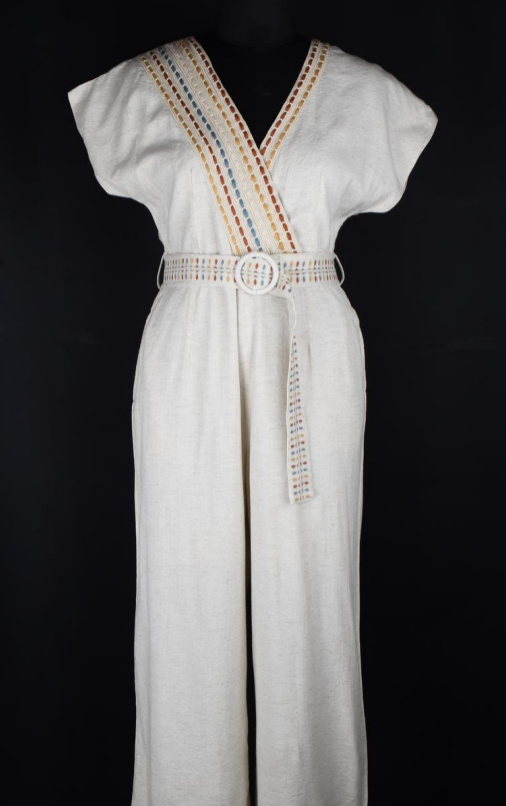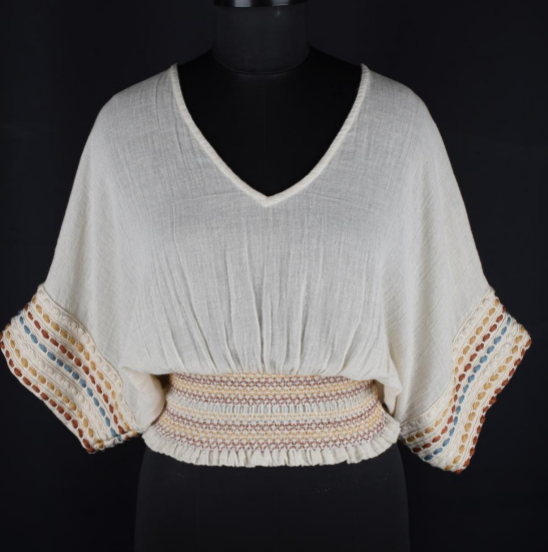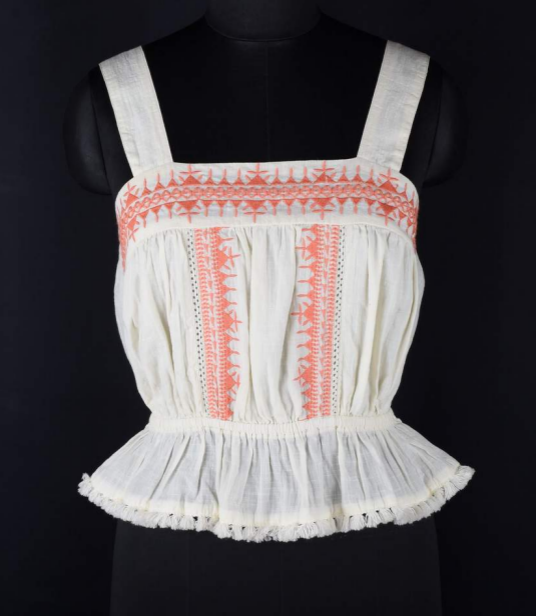Ink Options For Digital Fabric Printing: An Overview

The way garment manufacturing companies in India approach fabric printing has changed, thanks to digital textile printing. This innovation has made it feasible to print intricate, high-quality graphics on a variety of textiles more quickly than with conventional printing techniques. However, the quality of the print depends greatly on the ink used in digital fabric printing. An overview of the ink alternatives for digital fabric printing will be provided in this blog.
Types of Ink for Digital Fabric Printing:
-
Reactive Ink:
Printing on natural fibers like cotton, linen, silk, and wool requires the use of reactive ink. The rich colors and exceptional color fastness produced by this ink are the consequence of the strong bond it forms with the fabric. Reactive ink necessitates heat fixation, which calls for heating the printed fabric to a high temperature in order to ensure that the ink dries properly. Apparel manufacturers and garment exporters in India who make cotton-based clothing frequently utilise this kind of ink.
-
Acid Ink:
Silk, wool, and nylon are the main materials utilized for printing with acid ink. This ink generates bright colors and has great colorfastness. The corrosive nature of acid ink, however, makes it less environmentally friendly than other ink kinds and necessitates specific treatment. Clothing manufacturers in India and women's cloth manufacturing companies may use this ink for silk-based garments.
-
Disperse Ink:
For printing on synthetic fibers like polyester and nylon, dispersed ink is used. This ink penetrates the fibers of the fabric by being sublimated or changing from a solid to a gas. Bright, durable colors that are resistant to fading and washing are the end product. Disperse ink does not require heat fixation, making it a more efficient option for garment manufacturers and exporters.
-
Pigment Ink:
For printing on both natural and synthetic fabrics, pigment ink is frequently utilized. This ink has a softer feel and a more natural drape since it lies on top of the fabric rather than soaking through it. As pigment ink does not need to be heated to set, it is more environmentally friendly than other ink kinds. The colours could over time deteriorate since it is not as colorfast as reactive or dispersed ink.
-
Dye Sublimation Ink:
Printing on polyester materials is the main use for dye sublimation ink. Vibrant, durable colors are produced by sublimating this ink into the fabric. The ink is then properly set by applying heat to the printed fabric. Apparel exporters in India and organic clothing manufacturers in India commonly use dye sublimation ink.
Conclusion:
The textile and garment industries have been transformed by digital textile printing, and the ink used in the printing procedure has a big impact on the finished product. For natural fibers, reactive ink is used, while acid ink, disperse ink, pigment ink, and dye sublimation ink are used for silk, wool, and synthetic fibers, respectively. The best ink to use depends on a number of variables, including the type of fabric, the design, and the planned usage of the fabric. Each ink type has benefits and drawbacks. When selecting the best ink for their digital textile printing needs, garment manufacturers, and organic clothing manufacturers in India should weigh the advantages and disadvantages of each ink type.
Related Blog
Why Should You Choose Organic Fabrics? Check Out The Top 5 Reasons Here!
Organic fabrics are sustainable. That’s the first and foremost reason you should be interested in them. These fabrics are...
From Pastels To Prints: A Look At The Top Fashion Trends For Spring 2023
New trends are always emerging in the dynamic world of fashion, bringing a new wave of flair and...
Qualities Of A Good Garment Exporter
Urbanization and industry have progressed hand-in-hand. Due to this progression, the requirements and tastes have also been changing now and...




